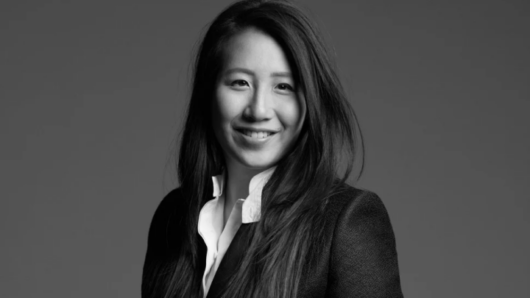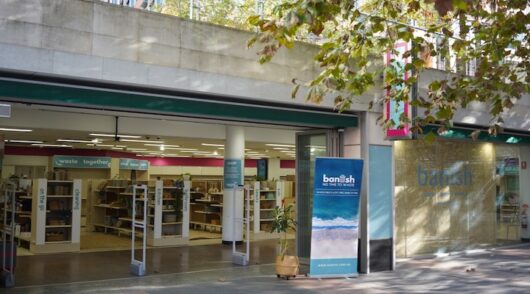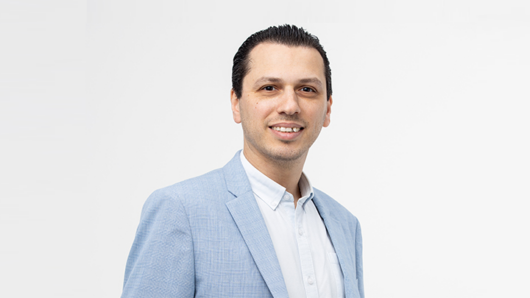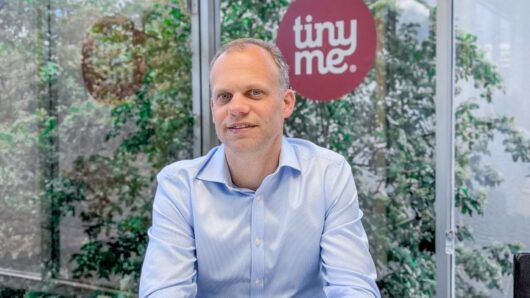
Having spent over 20 years at some of the biggest global apparel brands of recent decades, including Gap Inc, Levi’s Strauss and Esprit, veteran US retail executive Patti Cazzato has acquired a solid gut instinct.
So when she says that cult favourite American bag and backpack brand Timbuk2, where she has been CEO since 2014, has the potential to be hugely successful in Australia, it’s nothing to scoff at.
“I believe that this market, with the partners we have here today, is going to be one of our largest markets, including the US,” she told IR ahead of the launch of the brand’s first bricks-and-mortar store in Melbourne this month.
“My merchant gut tells me that there’s nothing but opportunity here,” she said.
Made in San Francisco
Founded by bike messenger Rob Honeycutt 30 years ago in San Francisco, Timbuk2 claims to be one of the first retailers to have embraced mass customisation. Initially, this was simply a result of the fact that Honeycutt made every bag by hand and could easily tailor the colour and shape to each customer. But recently, as customised products have become more popular, this has become one of Timbuk2’s key selling points and differentiators in the market.
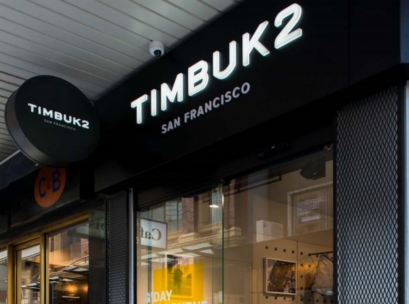
Unlike most competitors, all of the brand’s custom-made bags are manufactured in-house at the company’s headquarters in San Francisco’s Mission District, where around 45 designers, sewers and cutters sit in one of the highest rent districts in the world. The financial implications of this are not lost on Cazzato.
“From a numbers standpoint, it doesn’t make a lot of sense,” she said.
Indeed, it costs Timbuk2 about 30 per cent more to produce bags in the US, which is offset by the small premium that the company charges for customisation. But there are also non-monetary benefits to this set-up, such as the fact that the design and production teams work side by side, an important factor for quality reasons, since every Timbuk2 product comes with a lifetime warranty. Plus, the factory is open to the public at set times each week, presenting a powerful branding opportunity at a time when customers are craving authenticity.
“I believe you can feel the authenticity when you walk in,” Cazzato said about the 2100sqm space.
Timbuk2 also works with two factories in Indonesia, where non-custom products are made. Cazzato would like to bring more manufacturing to the US, but she said it’s difficult to “get the math to work” on the wider range.
Still, the company is selective about the external factories it chooses to work with, only dealing with factories that are blue-sign certified for sustainability, for instance, and maintaining complete control over sourcing. This is, in part, to ensure the quality of the final product, but also to reduce the environmental impact of the business.
“We’re very concerned about sustainability,” Cazzato said, citing the fact that Timbuk2 will repair or repurpose items decades after they were first purchased. If a bag is too far gone, it works with a company that decomposes old bags, or upcycles them to prevent them from ending up in landfill.
Focus on sustainability
This approach is markedly different from Cazzato’s previous experience working for major retailers like Gap Inc, where she said she lost track of the number of factories that supplied the company.
“I can’t even tell you how many factories we worked with because it was always growing, always changing,” she said.
As senior vice-president of Gap International from 1993 to 2004, Cazzato said she was “living the dream”, travelling the world and working alongside Mickey Drexler, current chairman of J.Crew, who some in the industry still refer to as “the merchant prince”.
“Mickey Drexler is a genius – I’ll just say that out loud. I loved every second I got to work with him because he was somebody who just kept challenging the status quo,” Cazzato said.
“If you think about it, there was no such thing as 100 colours of a T-shirt on a key item table until [he did that at] Gap…but fast forward to the end of my career, and I knew that something wasn’t quite right for me personally.”
Cazzato realised it was important to her to work for a company with a strong environmental ethos. In fact, she started her own line of eco-friendly athleisure, but the timing was off – she launched right before the global financial crisis.
A few years later, Timbuk2 proved to be the right fit, not only because of its longstanding commitment to sustainability, but also its vision for urban manufacturing.
“Integrating all these ideals into one business is what really interested me in Timbuk2. You can easily find a company that is doing one or two interesting things, but you don’t often see one doing so many,” she said.
That is also why Cazzato is convinced that Timbuk2 will succeed in the Australian market, where she senses that customers care about the environment, their health and their community.
Timbuk2 struck a deal with Retail Prodigy Group, Nike’s biggest local franchisee, in February to bring the brand to Australia and New Zealand. The website launched a few months ago, and in October, Timbuk2’s first bricks-and-mortar store opened on Little Collins Street in Melbourne. A second store is due to open at Melbourne’s Highpoint shopping centre at the end of November, and the team is already scouting locations for a third store in Sydney next year.


